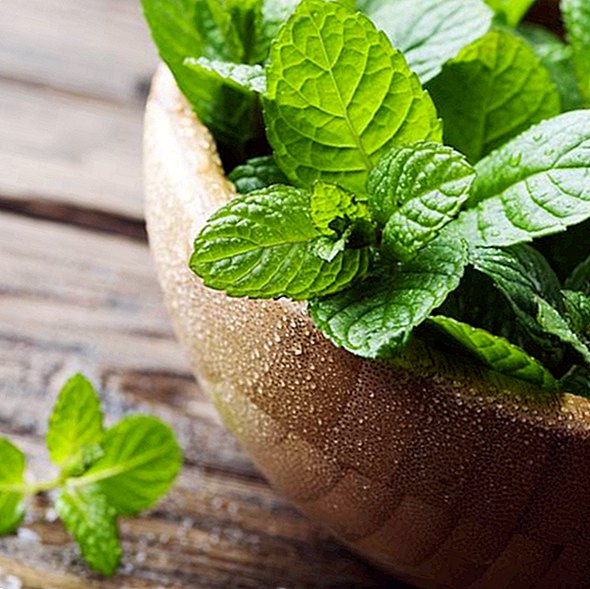Planting mint: The best tips

Mints are among the most popular herbs. The genus consists of approx. 30 different types of mint, One of them is the popular one peppermint (Mentha x piperita), which originated from a cross between the Bachminze (Mentha aquarita) and the Green Mint (Mentha spicata).
Again, a distinction between different types such as the Moroccan mint or pineapple mint. But other species such as the apple mint (Mentha suaveolens) or chocolate mint (Mentha x piperita) are suitable for local cultivation.
Planting mint: location and planting time
- Choose one sheltered, sunny to partially shaded spot (optimal is the morning and evening sun). The plant can be cultivated both on the balcony and in the field.
- Peppermint prefers one loose, moist, nutrient-rich and humus-rich soil, The soil should therefore be enriched with compost and sand or horn shavings.
- Not all varieties are hardy. As soon as the frosty season is over, we can be sure that nothing will happen to the young plants anymore and they will use them. Therefore, the optimal begins Planting time from mid-May.
Plant mint: That's how it works
The peppermint forms underground root shoots and should either get its own bed or a separate section. As it likes to spread unchecked, we recommend a root barrier or we put the mint in a bottomless pot and then plant it in the bed.
- The propagation of peppermint works on sowing with cuttings or with separate foothills. The self-bred (or purchased) seedlings must be planted flat in the spring. They come into a container with water, so that the root ball can soak up.
- The planting hole should be about twice as large as the root ball and filled with some compost. The planting distance should be about 30 to 50 centimeters due to the stature height of 60 to 90 centimeters.
- The planting is quite simple: use root ball, press soil and then pour generously.
Planting mint: The right care for soil and leaves
- To water: The plants like it damp, so they should be regularly poured both in the tub and in the bed. Waterlogging should be avoided.
- Fertilize: Mints need enough nutrients. If these are not available, especially in the summer months, we can help with some fertilizer. As we process the plant, organic fertilizer is recommended.
- To cut: All mint species grow very strongly and should therefore be pruned several times a year. In June (shortly before the first flowering) we should cut back the shoots close to the ground, so that in the late summer (August / September) a second flowering takes place. Again, then all branches should be cut back near the ground.
- Wintering: Mint are generally hardy plants that can hibernate on the balcony, terrace and outdoors. In particularly frosty times, however, should be provided for cold protection or winter quarters. The bed can be covered with needle stick or straw. Potted plants can be covered with leaves or sawdust and wrapped in bubble wrap.
Not only fresh mint brings joy. We can also plant other aromatic herbs. Planting from cress to thyme planting to planting rosemary? here are all instructions. With our tips cultivation and harvesting is a complete success. You can find more about garden and balcony on our Pinterest pin board.
Videotipp: Tips for gardening - from the ground to the plants











